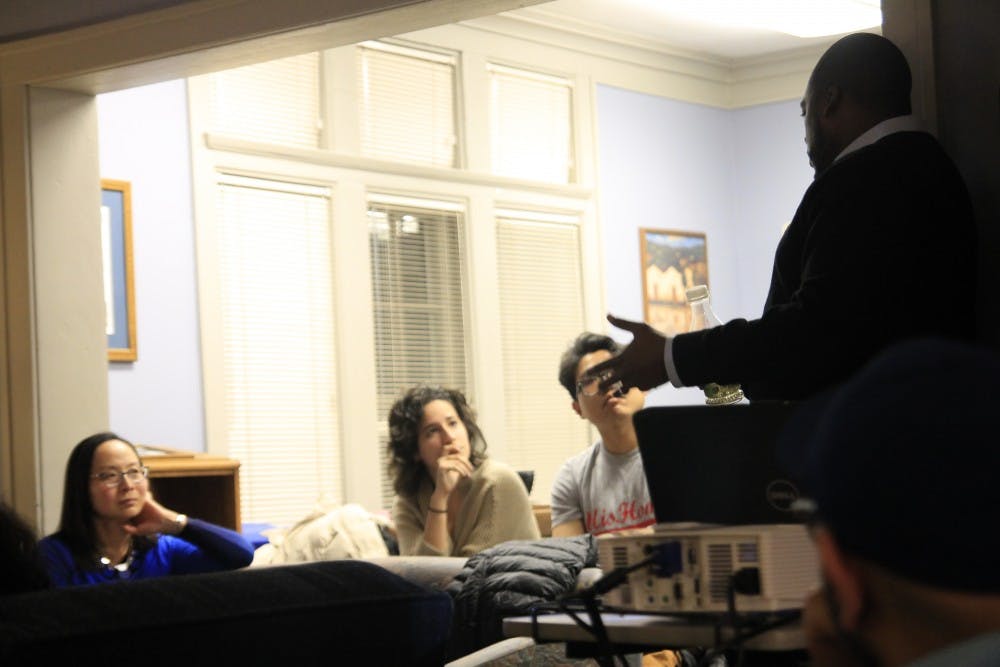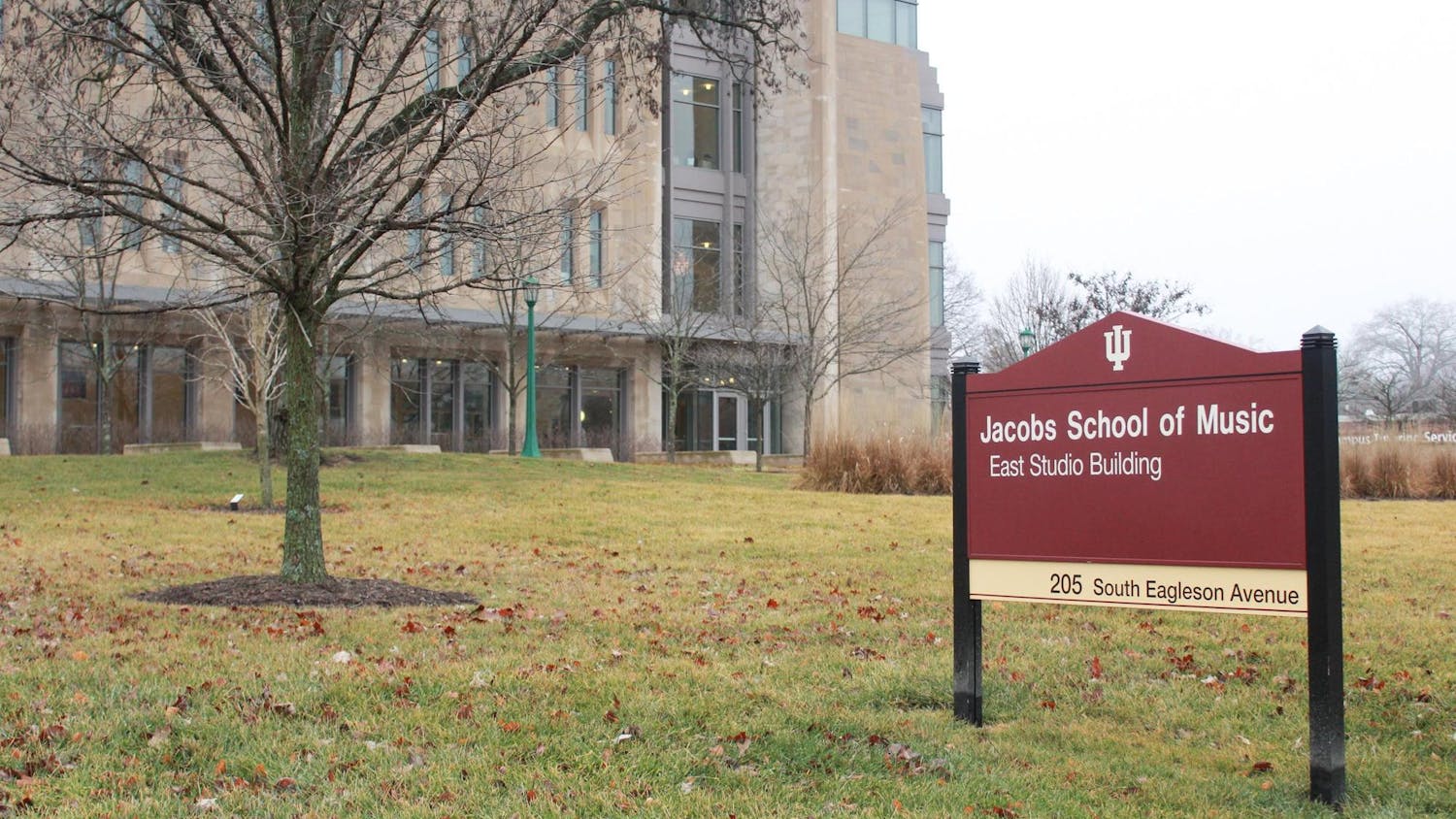More than a dozen people gathered at La Casa Latino Cultural Center on Tuesday night for a program called "Black/Brown Coalitions: A Failed Promise or a Possibility?”
The night started with a two-part lecture let by Sonia Song-Ha Lee, an associate professor in the Department of American Studies, and Jakobi Williams, an associate professor in the Department of History.
Lee asked why people don’t talk about Hispanics when people talk about black lives mattering — even though Hispanics are also disproportionately targeted by police.
She said one explanation is that black and Latino groups historically have tried to distance themselves from one another.
Many Americans see Hispanic as an ethnic identifier but black as a racial identifier, she explained. For many Americans, there is a perception that ethnicity has a more positive connotation than race, Lee said, though both groups have been racialized.
“If you have a different culture, that’s good,” she said, explaining this perception. “That makes you interesting.”
She said this divide began to fade in 1963 when Puerto Rican leaders in New York began to realize their children were being treated the same as black children.
Lee showed the room a headline from a 1964 school boycott in New York City.
“Boycott cripples city schools: absences 360,000 above normal. Negroes and Puerto Ricans unite,” it read.
Williams talked about how the Rainbow Coalition, a group made up of leaders of different racial and ethnic groups including the Black Panthers and the Young Lords Organization, is an example of a successful black and brown coalition.
The coalition was formed in part by Black Panther member Fred Hampton.
“He’s the most important political figure of the 21st Century that most people have never heard of,” Williams said.
When Hampton was killed, Jose “Cha Cha” Jimenez, the leader of the Puerto Rican activist group the Young Lords Organization, became the coalition’s de facto leader. He later became the first Latino to run for office in Chicago.
The speakers then turned to the audience and asked what they think can and should be done at IU to support coalitions bridging racial and ethnic divides.
“What I tell people is don’t reinvent the wheel,” Williams said, “Join something.”
Senior Alyssa Delarosa said a student group with leaders from all of the racial and ethnic groups on campus would be a step in the right direction for the University.
Williams agreed.
“You guys are meeting separately talking about issues that affect every one of you,” he said. “What makes this crazier is y’all are on the same campus.”
Lee said she had the idea to organize the event after attending a different La Casa event earlier in the year where students expressed genuine curiosity about how Latinos engage with the black community.
She said she thought it would be appropriate to have the event during Black History Month.
Her 2014 book, "Building a Latino Civil Rights Movement: Puerto Ricans, African Americans, and the Pursuit of Racial Justice in New York City," is focused in the area the student was curious about , so she decided to start planning.
Williams’ research is focused more specifically on the Black Panther Party in Illinois, but he has done a lot of work on the Rainbow Coalition as well.
“You don’t need to reinvent the wheel,” Williams said again as people began filtering out of the room. “There’s handbooks. There’s workshops. There’s faculty.”
Clarification: This story has been updated to reflect Lee's explanation of Hispanic as an ethnic identifier and black as a racial identifier are perceptions held by others.




